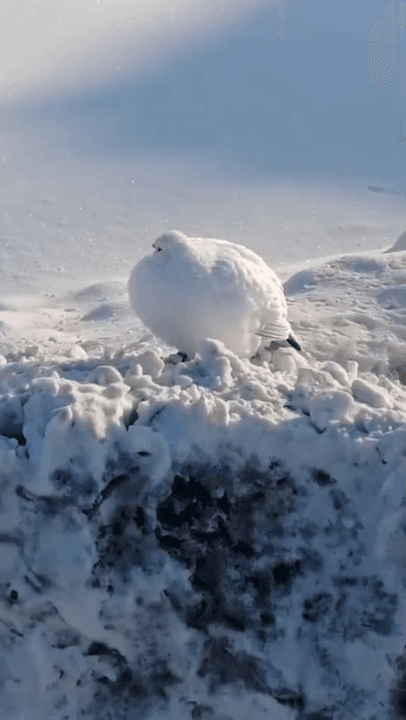
Hunting in the Drakensberg: Geography and Natural Features, Hunting Demographics, and Game Species Diversity Geography and Natural Features The Drakensberg Mountains form a dramatic alpine corridor along South Africa’s eastern frontier, bordering Lesotho. Elevations range from 1,800 to over 3,000 meters, with steep ridgelines, open grasslands, and rocky escarpments shaping a unique high-altitude hunting environment. Snow, wind, and sharp elevation changes define this raw wilderness, ideal for adventurous, fair-chase hunts. Hunting Demographics This region draws seasoned hunters seeking a physical and mental challenge rather than volume shooting. Most clients are international sportsmen and experienced local hunters pursuing rare species and rugged terrain. The Drakensberg especially appeals to those interested in long-range marksmanship and solitary, mountain-based hunts. Hunting Characteristics Drakensberg hunts involve long hikes at altitude, glass-and-stalk tactics, and highly
Post: 25 July 11:04















































